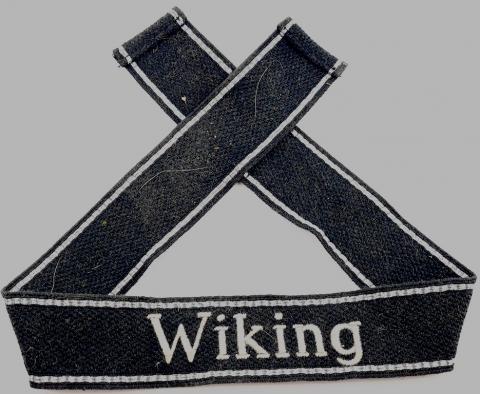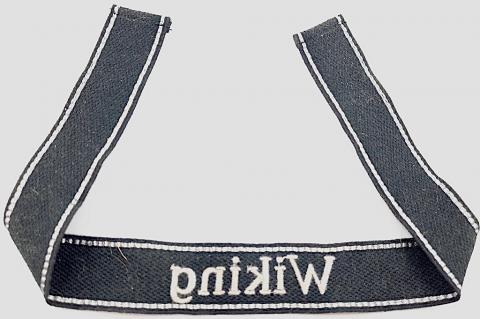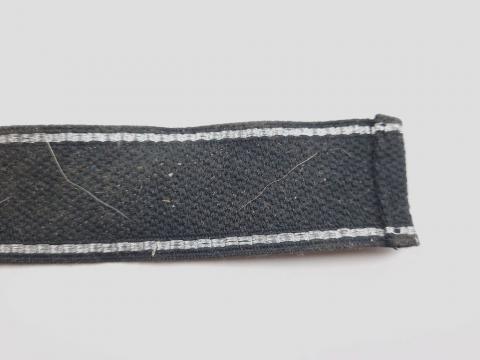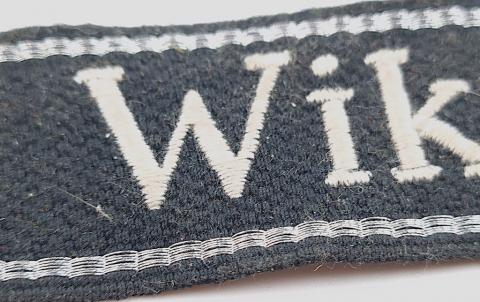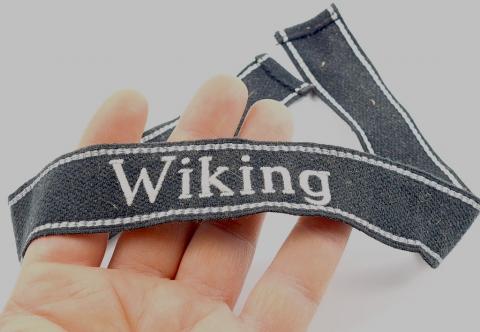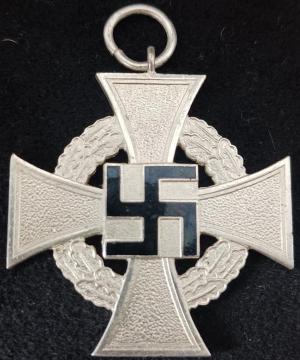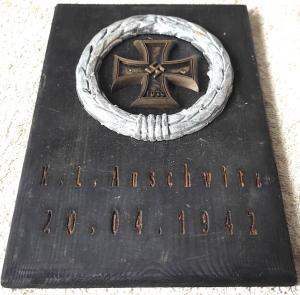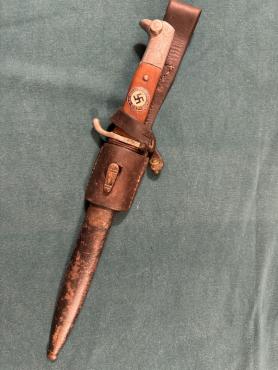5th waffen SS Panzer Division Wiking tunic removed uniform cuff title by RZM
| List price(USD): | $750.00 |
| Price(USD): | $450.00 |
| You save(USD): | $300.00 |
5th waffen SS Panzer Division Wiking tunic removed uniform cuff title by RZM
The 5th SS Panzer Division Wiking (German: 5. SS-Panzerdivision Wiking) or SS Division Wiking was an infantry and later an armoured division among the thirty-eight Waffen-SS divisions of Nazi Germany. It was recruited from foreign volunteers in Denmark, Norway, Sweden, Finland, Estonia, the Netherlands and Belgium under the command of German officers. During World War II, the division served on the Eastern Front. It surrendered in May 1945 to the American forces in Austria.
Invasion of the Soviet Union
The division took part in Operation Barbarossa, the invasion of the Soviet Union, advancing through Galicia, today's Ukraine. In August the division fought for the bridgehead across the Dnieper River. Later, the division took part in the heavy fighting for Rostov-on-Don before retreating to the Mius River line in November. In the summer of 1942, the unit took part in Army Group South's offensive Case Blue, aimed at capturing Stalingrad and the Baku oilfields. In late September 1942, Wiking participated in the operation aimed to capture the city of Grozny, alongside the 13th Panzer Division. The division captured Malgobek on 6 October, but the objective of seizing Grozny and opening a road to the Caspian Sea was not achieved. The division took part in the attempt to seize Ordzhonikidze. The Soviet Operation Uranus, the encirclement of the 6th Army at Stalingrad, brought any further advances to a halt and later necessitated a retreat from the Caucasus.
After Operation Winter Storm, the failed attempt to relieve the 6th Army, Erich von Manstein, the commander of Army Group South, proposed another attempt towards Stalingrad. To that end, Wiking entrained on 24 December; however, by the time it arrived on 31 December, it was forced to cover the withdrawal of Army Group A from the Caucasus towards Rostov-on-Don. The division escaped through the Rostov gap on 4 February.
1943–1945
In early 1943, the division fell back to Ukraine south of Kharkov, recently abandoned by the II SS Panzer Corps commanded by Paul Hausser. In the remaining weeks of February, the Corps, including Wiking, engaged Mobile Group Popov, the major Soviet armoured force named after Markian Popov during the Third Battle of Kharkov. As the post-Stalingrad Soviet offensive exhausted itself, Manstein was able to stabilize the front.

